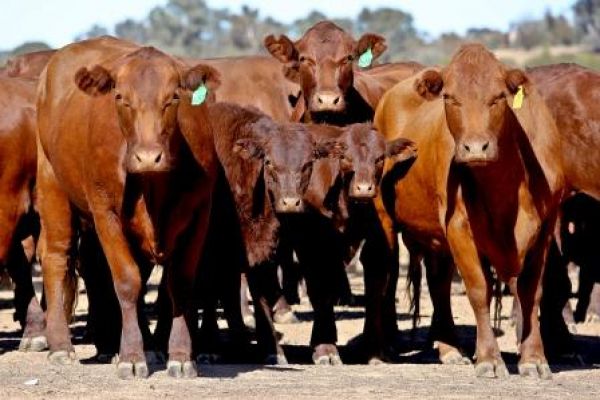|
Earlier in the year, we featured an article on selecting effective drenches. This has been a hot topic in the sheep and goat world for decades, however recent surveys throughout Victoria and Western Australia have shown drench resistance in cattle is developing and is cause for concern. It is therefore an important step forward which MSD Animal Health have undertaken to develop Trifecta, a triple active, oral combination drench.
There is now compelling evidence that the use of combination drenches (a drench containing two or more active ingredients) will slow the development of resistance, especially if used before resistance becomes evident. When resistance is already present on farm, combination drenches often achieve acceptable levels of worm control, enabling the continued use of drenches, which on their own are not sufficiently effective.
While orally drenching cattle is more labour intensive than pour-on or injectable, it is becoming increasingly clear that oral drenching is more effective in cattle and less likely to select for resistance. Oral drenches deliver the highest dose of drug to worms, which is associated with higher efficacy than pour-on or injectable drenches.
Trifecta provides an ideal rotational drench choice particularly for replacement heifers, weaners and young stock, as these classes of stock are not only the most susceptible to a worm burden and associated production losses, but are also responsible for the majority of pasture contamination on a property.
For information on updates to the registration, withholding periods and usage instructions click here.

|
